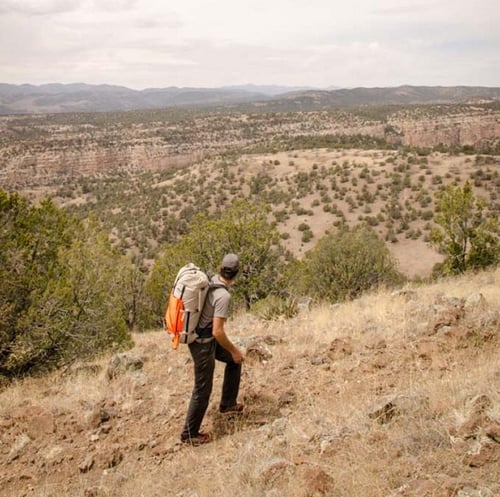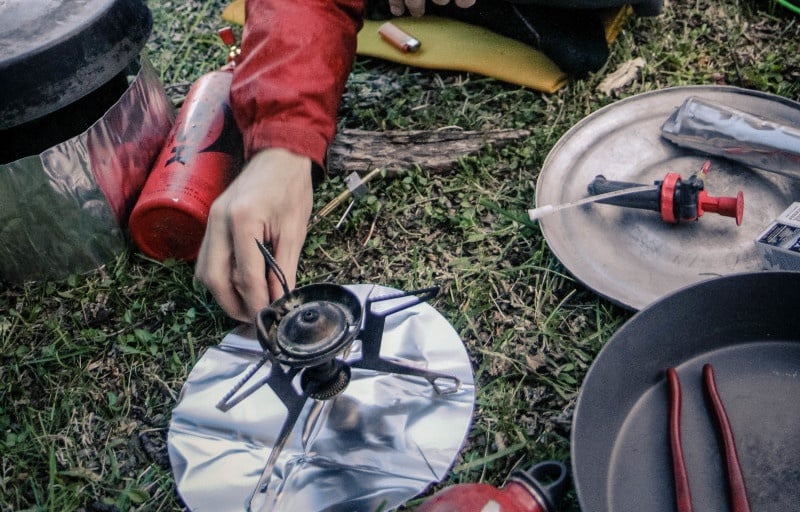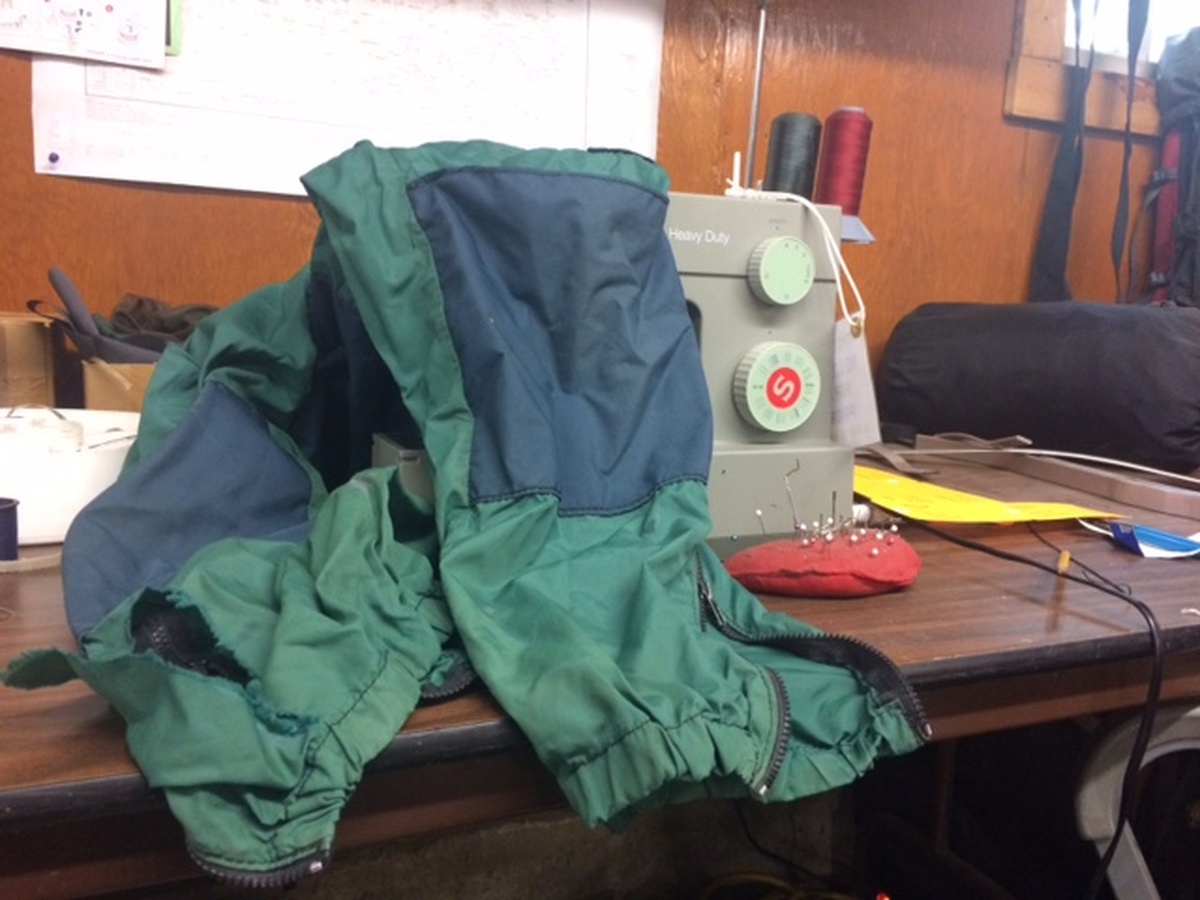
So we’ve heard that lightweight backpacking is a big trend in the outdoor world right now, especially with the increased interest in thru-hiking long trails like the Pacific Crest Trail and the Appalachian Trail. We even have a few lightweight backpacking courses of our own at NOLS.
Going lighter has a lot of advantages. You can travel longer distances with the same amount of effort, and over time you even reduce the stress on your body that comes from carrying a heavy pack. However, going lightweight requires extra planning and preparation, and sometimes you get less durability from your gear when you go for lighter materials.
That being said, if you do decide to go light (or at least lighter), you should know a few basic principles. These are our tips and tricks for getting packs under 30 pounds for multi-day trips (we know, it’s not the ultra ultra light version that some folks go for, but it’s definitely enough to make a difference on a high-mileage, high-fun adventure).
1. Reduce weight in your big three: the sleeping system, tent, and backpack
Sleeping system
- Opt for a down sleeping bag rather than a synthetic one. Note that down bags lose their insulating power if they get wet, so make sure you check the forecast for rain!
- Bring a shorter (three-quarter) length sleeping pad, or use a light ensolite foam pad.

Tent
- NOLS uses a pyramid structure tent (fewer poles to carry) and those made with lighter nylon fabric. Many lightweight backpackers reduce weight by using a single-wall tent rather than a double-wall tent (which includes an outer rain fly and an inner tent fly)
Backpack
- The simpler, the better. Consider a backpack with no internal frame and with a smaller capacity (if you’re going light, you’ll likely be carrying fewer items anyway and can get by with a smaller pack).
2. Lighten up your cooking gear
- Use a titanium stove rather than steel.
- Carry a stove that burns on denatured alcohol rather than heavier white gas. Note that lightweight stoves usually have less temperature control, so you’ll mainly use them for boiling water. Not exactly ideal for making the traditional NOLS cinnamon rolls, but excellent for whipping up a quick dinner and a hot drink.
3. Wear lighter boots
- One pound of weight on your feet equals about five pounds on your back, so footwear is an important place to save weight.
- Avoid shoes with a lot of leather—this adds weight and drying time if they get wet.
- Fitting your shoes: The fit should be slightly roomy. Go about one half size larger than your normal shoe size, since your feet will swell from the exercise and altitude if you're traveling at elevation. Roomier shoes will also help avoid blisters and sore feet.
- Traveling with lighter packs means that you’re putting less stress on your feet, so you can get away with a trail runner or hiking shoe rather than an ankle-high boot.

4. Carry fewer items
- Bring one long underwear layer instead of two. Embrace the smell of your sweat.
- Carrying less does not mean forgoing the essentials and compromising safety. You still need a water purification system, you still need enough layers to stay warm, and you still need enough food. The trick is to think about how you can get lighter versions of those things.
For all of these items, you have to find the balance between durability and weight. Lighter gear may break more easily or may need to be replaced more often. This means you may need to carry extras (adding weight) or opt for a heavier, more durable product with a longer lifespan
Our main piece of advice? Try everything out yourself.
See which systems and gear work for you. Try testing gear on a short trip before investing completely in a new set of gear. Once you find what works for you, you’ll be ready to head into the outdoors in style.
Explore NOLS Backpacking Trips and Lightweight Backpacking Trips!
- Gear
- Nols Rocky Mountain
- Expedition Prep
- Adventure
- Video
- Nols Southwest
- Backcountry
- Lightweight Backpacking
- Food & Gear
Written By
Molly Herber
Molly is a NOLS instructor and writer. She loves the smell of her backpack and does her best writing before 7:00 am. When she's not scouting the next post for the NOLS Blog, she's running and climbing on rocks in Wyoming. Follow her on Instagram @mgherber




